-
 bitcoin
bitcoin $109523.663807 USD
-0.13% -
 ethereum
ethereum $4019.526508 USD
2.06% -
 tether
tether $1.000482 USD
0.00% -
 xrp
xrp $2.776815 USD
0.18% -
 bnb
bnb $958.942396 USD
0.12% -
 solana
solana $204.294698 USD
3.84% -
 usd-coin
usd-coin $0.999693 USD
0.00% -
 dogecoin
dogecoin $0.232115 USD
2.09% -
 tron
tron $0.338028 USD
0.84% -
 cardano
cardano $0.790920 USD
1.50% -
 hyperliquid
hyperliquid $44.871443 USD
5.60% -
 ethena-usde
ethena-usde $1.000322 USD
0.04% -
 chainlink
chainlink $21.034165 USD
2.60% -
 avalanche
avalanche $28.794831 USD
-0.54% -
 stellar
stellar $0.360466 USD
1.24%
What are the blocks of blockchain?
Blockchain blocks, the fundamental units of a blockchain, represent chronologically grouped verified transactions, linked cryptographically through hashing, ensuring data integrity and immutability.
Feb 15, 2025 at 12:12 pm

- Definition and Types of Blockchain Blocks
- Structure and Components of a Blockchain Block
- Hashing and Block Linking
- Block Size and Capacity
- Transactions and Block Validation
- Orphan Blocks and Forking
- Blockchain blocks are the fundamental building blocks of a blockchain, representing a collection of verified transactions grouped together chronologically.
- There are two main types of blocks in a blockchain: genesis blocks, which initiate the blockchain, and regular data blocks that contain transactions.
- Header: Contains essential information such as the block height (position in the blockchain), timestamp, hash of the previous block, and nonce (a random number used in hashing).
- Transactions: A list of transactions validated by network participants.
- Merkle Tree Root: A hash representing the summary of all transaction hashes in the block, ensuring data integrity.
- Blocks are cryptographically linked through hashing: the header of each block contains the hash of the previous block.
- This creates an immutable chain, where tampering with one block invalidates subsequent blocks due to the change in hash references.
- The block size determines the maximum amount of data that can be included in a single block.
- Block size limitations can impact transaction throughput and confirmation times.
- Common block sizes for different cryptocurrencies include Bitcoin (1MB), Ethereum (16MB), and Solana (400KB-100MB).
- Transactions are the individual transfers of value or data recorded in blocks.
- Miners or validators verify and validate transactions before they are included in a block.
- This process ensures the accuracy and security of the blockchain.
- Orphan blocks are blocks that are mined but not included in the main blockchain due to a network fork.
- Forks occur when multiple blocks are mined simultaneously, resulting in a temporary split in the blockchain.
- Orphan blocks become invalid when the main blockchain accepts a competing block.
Q: What is the maximum block size for Bitcoin?A: 1MB
Q: Which cryptocurrency has the largest block size?A: Solana
Q: How are transactions verified before being included in a block?A: Miners or validators verify the authenticity and validity of transactions using various consensus mechanisms.
Q: What happens to orphaned blocks?A: Orphan blocks become invalid and are discarded from the main blockchain.
Q: Can blocks be modified after they are added to the blockchain?A: No, blocks are immutable and cannot be modified once validated and added to the blockchain.
Disclaimer:info@kdj.com
The information provided is not trading advice. kdj.com does not assume any responsibility for any investments made based on the information provided in this article. Cryptocurrencies are highly volatile and it is highly recommended that you invest with caution after thorough research!
If you believe that the content used on this website infringes your copyright, please contact us immediately (info@kdj.com) and we will delete it promptly.
- XRP Tundra: Dual-Token Innovation in the XRP Ecosystem
- 2025-09-27 20:25:12
- MUTM: Is This Crypto the Smartest Buy Now?
- 2025-09-27 20:25:12
- Crypto Millionaires: Unlocking Financial Freedom with the Right Investments
- 2025-09-27 20:30:01
- ETH Price Check: Crypto Analysts Favor These Moves Now
- 2025-09-27 20:30:01
- BlockchainFX, Bitcoin Hyper, and Crypto Presales: Finding the Next Big Thing
- 2025-09-27 20:30:01
- Galaxy CEO, Bitcoin, and the Powell Replacement: A $200K Prediction?
- 2025-09-27 20:30:15
Related knowledge
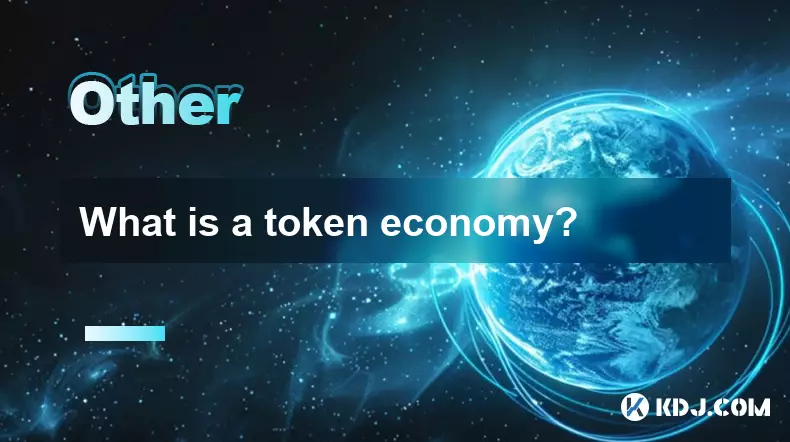
What is a token economy?
Sep 20,2025 at 12:18am
Understanding the Foundations of a Token Economy1. A token economy in the context of cryptocurrency refers to a system where digital tokens are used a...
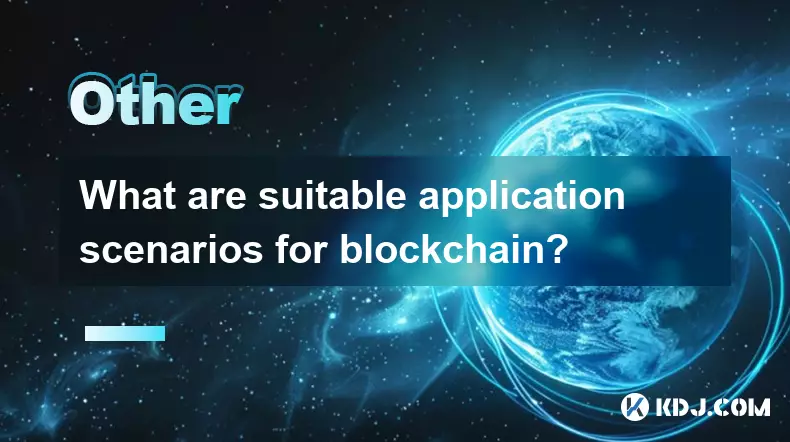
What are suitable application scenarios for blockchain?
Sep 20,2025 at 03:19am
Decentralized Finance (DeFi) Platforms1. Blockchain enables the creation of financial services without centralized intermediaries, allowing users to l...
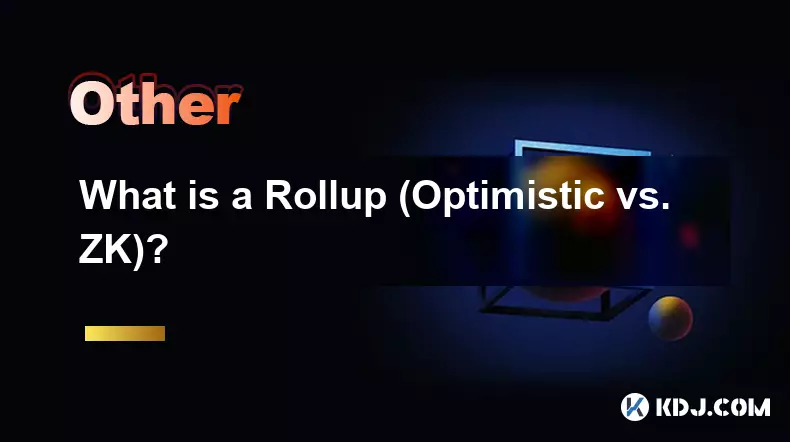
What is a Rollup (Optimistic vs. ZK)?
Sep 22,2025 at 03:00pm
Understanding Rollups in Blockchain Technology1. Rollups are layer-2 scaling solutions designed to increase transaction throughput on blockchains like...
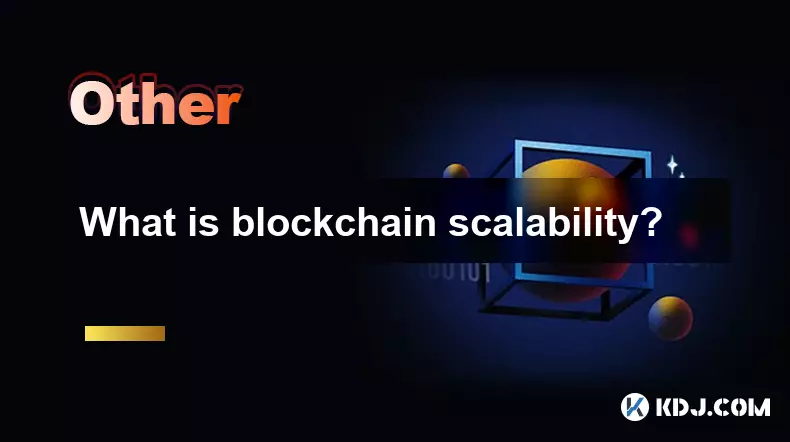
What is blockchain scalability?
Sep 19,2025 at 06:18am
Understanding Blockchain Scalability1. Blockchain scalability refers to a network's ability to handle an increasing number of transactions without com...
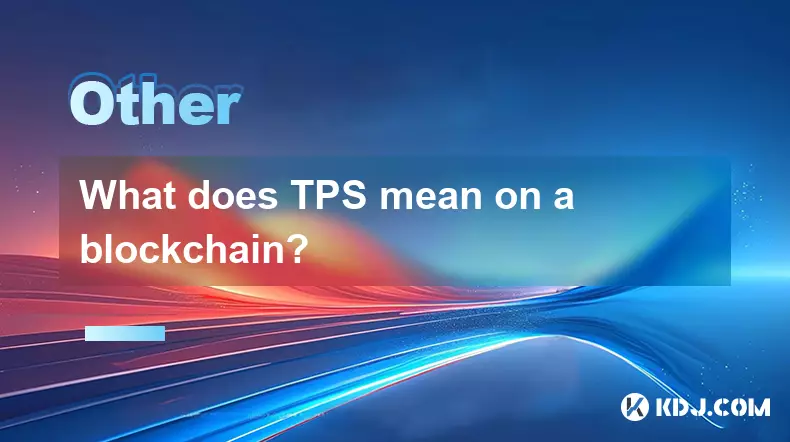
What does TPS mean on a blockchain?
Sep 21,2025 at 09:54am
Understanding TPS in Blockchain Technology1. TPS stands for Transactions Per Second, a metric used to measure the number of transactions a blockchain ...
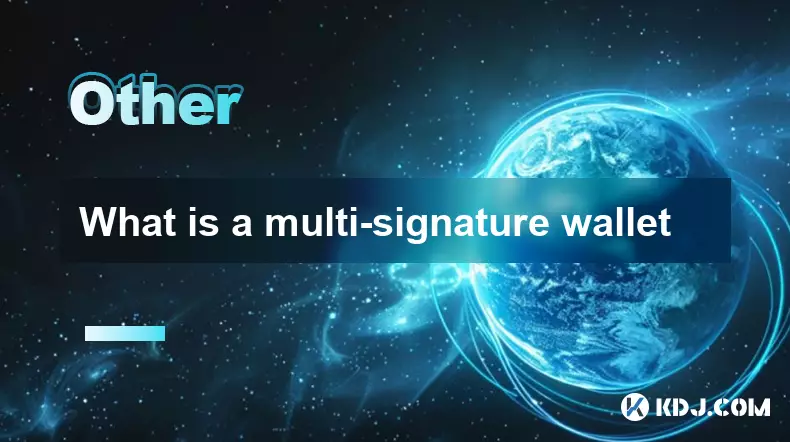
What is a multi-signature wallet
Sep 20,2025 at 07:00am
Understanding Multi-Signature Wallets in Cryptocurrency1. A multi-signature wallet, often referred to as a multisig wallet, is a type of cryptocurrenc...

What is a token economy?
Sep 20,2025 at 12:18am
Understanding the Foundations of a Token Economy1. A token economy in the context of cryptocurrency refers to a system where digital tokens are used a...

What are suitable application scenarios for blockchain?
Sep 20,2025 at 03:19am
Decentralized Finance (DeFi) Platforms1. Blockchain enables the creation of financial services without centralized intermediaries, allowing users to l...

What is a Rollup (Optimistic vs. ZK)?
Sep 22,2025 at 03:00pm
Understanding Rollups in Blockchain Technology1. Rollups are layer-2 scaling solutions designed to increase transaction throughput on blockchains like...

What is blockchain scalability?
Sep 19,2025 at 06:18am
Understanding Blockchain Scalability1. Blockchain scalability refers to a network's ability to handle an increasing number of transactions without com...

What does TPS mean on a blockchain?
Sep 21,2025 at 09:54am
Understanding TPS in Blockchain Technology1. TPS stands for Transactions Per Second, a metric used to measure the number of transactions a blockchain ...

What is a multi-signature wallet
Sep 20,2025 at 07:00am
Understanding Multi-Signature Wallets in Cryptocurrency1. A multi-signature wallet, often referred to as a multisig wallet, is a type of cryptocurrenc...
See all articles









































































